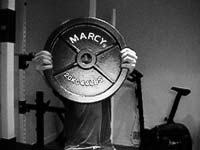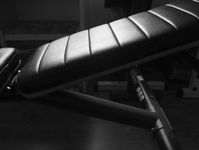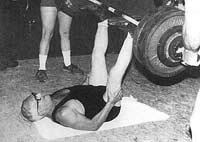I'm in the midst of a very slow bulking process. Rather than suffer the bodybuilder extremes of an intense bulk/cutting cycle, I elected to simply increase my daily caloric intake above my average requirements whilst making sure not to cook everything in bacon fat.
According to the US Military's Bodyfat Test (see below), I'm currently around 16%; and not showing signs of changing anytime soon. A repeat of the test in another couple of months should give me a reasonable indication of the quantity of muscle gained. With a little luck this will translate into improved results - for the big three at least.
US Military Body Fat testing
The Department of Defense formula for calculating approximate body fat is based on three measurements, and is :
% body fat = 86.010 x log10(abdomen - neck) - 70.041 x log10(height) + 36.76 (for males)
% body fat = 163.205 x log10(waist + hip - neck) - 97.684 x log10(height) - 78.387 (for females)
Naturally there are far more accurate methods of determining body fat; however this provides a reasonable approximation with a minimum of fuss.
For demonstration videos showing how the measurements should be taken, take a look at this site.
 I first came across this exercise some time ago in an old
I first came across this exercise some time ago in an old  Following a recent comment by
Following a recent comment by  Following a
Following a 
